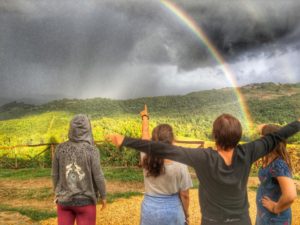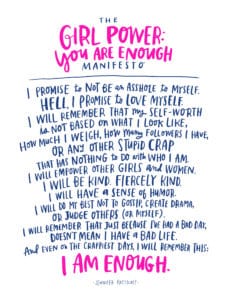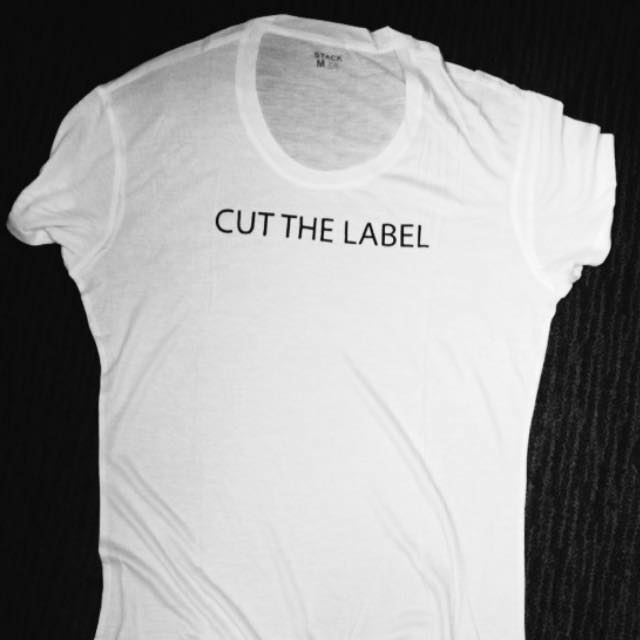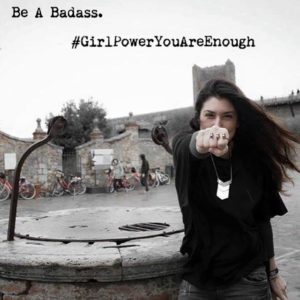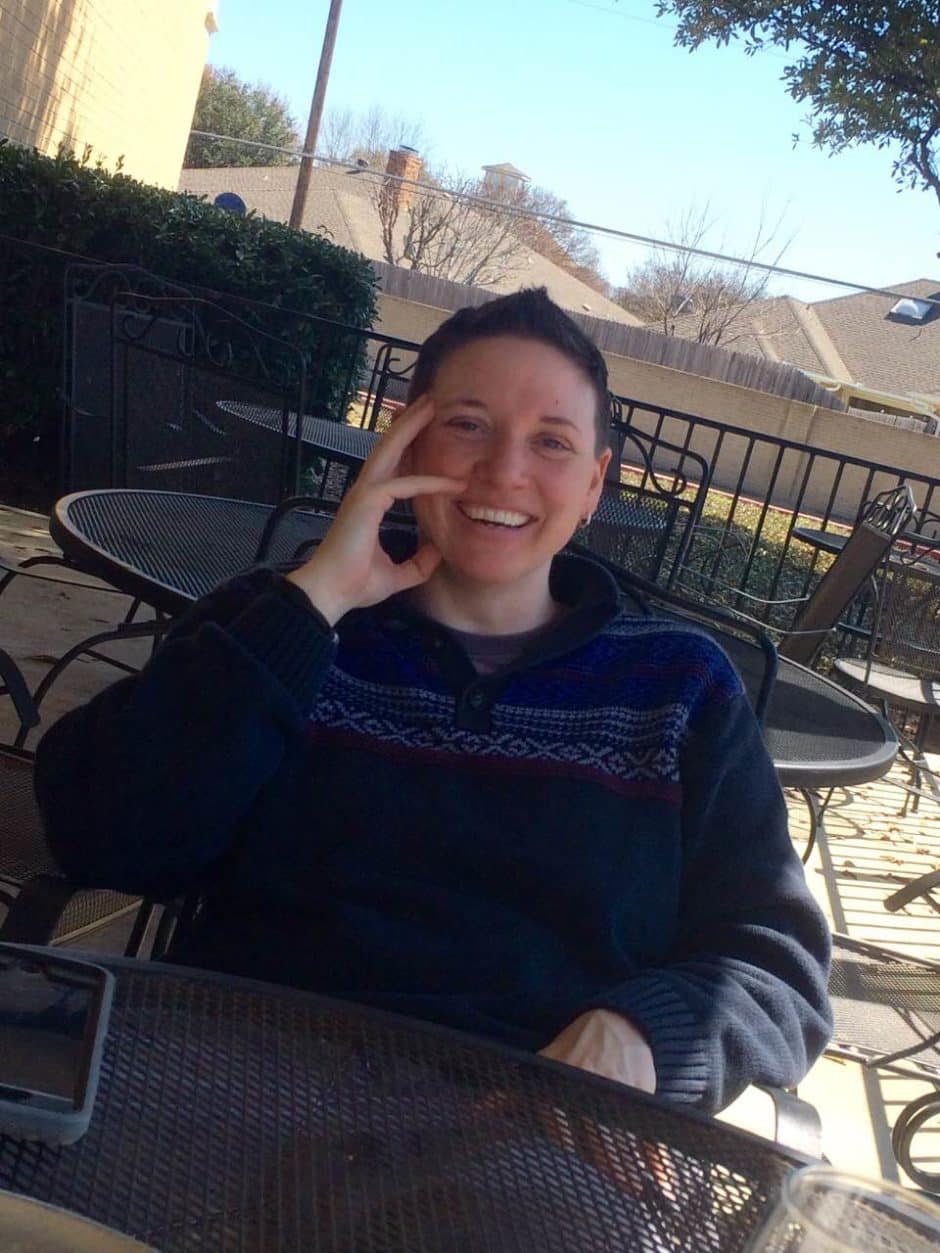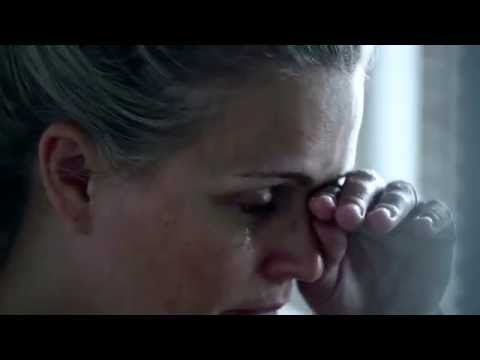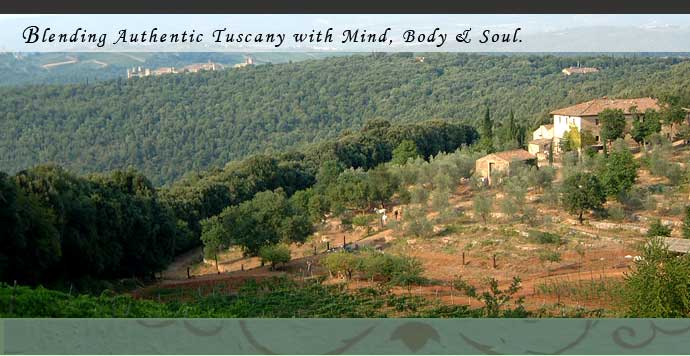By Beatriz L. Seelaender
Death is a woman in Portuguese. She is still a skull under a charcoal cloak, holding a list and a scythe, but she is a woman. It is strange, isn’t it, what one can take for granted as fact just by plain language. That Death is a He in English, and wiser and less cruel and sharper, still somewhat unsettles me. There is some sort of slight wrongness in it. No, Death is not a He. My Death is not yours. There must have been some kind of mix-up. My Death is a straight-up gal. When my time comes, she will tell me I did good in life, all things considered, and hug me like a grandmother. Then, she will kindly strangle me into oblivion- because kindness is necessary in death, and it is women that are forgiving and kind, and that is why death should be a woman.
There used to be a comic book- there probably still is, since it wasn’t so long ago that I was a kid- featuring the adventures of Mrs. Death. Despite her not being the main character in the comic- that honour had been given to the character who in English translations is renamed Bug-a-boo-, Mrs. Death did get a lot of solo stories. While I am not quite sure why a children’s comic would invest in dark humour, the stories were personal favourites of mine. One of them features Mrs. Death losing her list of errands (aka people she should kill today) and killing completely random people to make up for it. There was another where she accidentally offed the homonym of the actual man she was supposed to take. On top of it, she had to deal with a staggering amount of typos (we are led to believe that the big guys up there do not really care about Mrs. Death, who has to perform all of their grunt work and isn’t payed enough for it). All in all, they did a good job of having kids learn about death as an inoffensive old lady waiting for retirement. In a lot of ways having this image of death is more comforting than that of an arrogant shadow of a man as it is typically conveyed in English stories. On the other hand, perhaps it undermines the seriousness of the subject. Oh, well, parents should not let their kids learn about death from comics, anyhow.
I can only conceive of Death the man as patronizing: he takes pleasure in toying with people. His blood is icy blue and he probably hates Death the woman for doing better than him at the slaying business. But neither one of them can die, really; it is their greatest tragedy.
It wasn’t until my teens that I came across Death as a He. Because articles are neutral in English I had never really thought about applying gender to things in English. Although perhaps that is a lie- I am not entirely sure. It is possible I just kept on looking at things gendered according to how I knew them in my native language. There was reluctance to admitting that perhaps things in their fundamental nature weren’t as blue and pink as the world- but, then again, neither was the world, and we still see it that way nonetheless.
While we do have an “it” in Portuguese, it is hardly ever used as subject in sentences. We use he or she for everything, dead or alive; or never alive. If we really have to say “it”, we simply use the verb; the subject is assumed as it. We don’t say that it rained; we simply say “rained”. We don’t say it’s weird; we simply say “is weird”.
The rest of the time we refer to things the way Aesop referred to animals- he, the stapler and she, the copy-maker. We also refer to animals that way, as you probably must have guessed by now. And all those its, then, come alive.
See, up until my meeting with Him, Death, it had been very simple to me- a table and a chair and a bed and a house were female-bound. And there were things like school, History and art that were referred to as female, too. At least death is not alone, then, and they are not alone in death; these other words. Word is also preceded by the feminine article, in Portuguese. Forks and mattresses and napkins and hats and the radio and peaches and candy were all male-bound things.
Some of us even got confused at times; I remember once at school when a peak number of students using the wrong article for “lettuce” inspired a gender-bound-articles test, but it didn’t change anything. People were surprised, surely, that lettuce was a She- a couple of weeks later, though, everyone was still using the wrong article for lettuce.
(I don’t know why, though; lettuce is so clearly feminine, being a leaf and all; and leaves being feminine, too) (Leaves and flowers and most fruit) (Except for peaches, but we’ve been over this already) (Now, I wonder why in Brazil all seasons are male but spring) (It cannot be just because of the flowers) (It would be sort of misogynistic, if it were) (In Germany all seasons are male-bound, even spring) (But in German nothing is at it should be)
I want to try out an experiment: I will give you four words and you tell me what your immediate thought as to what their ultimate gender is; ready? Knife, Life, Book, Fox.
It has just occurred to me that I picked “knife” as the first word because of a poem by João Cabral de Melo Neto titled “The School of Knives”. In Portuguese, this word is preceded by the feminine. Most sharp things are- blades and daggers and scythes, too. In the poem de Melo Neto takes this a step further and compares women and knives, in a sort of sensual, femme-fatale way. God, I hate this word; femme-fatale- there is a song by The Velvet Underground under this title, and it is pretty catchy; and I hate myself for enjoying it. Anyway, knives are not necessarily female until some sort of personality and explanation as to why it is female is imposed to it.
In Spanish knives are male-bound. The argument for knives as male could be just as compelling as that for a femme-fatale definition; knives having the potential to be used for gratuitous violence (traditionally male) as easily as they are able to deliver beautiful and entangling performances of precision in clean, lustful cuts: this last one is epitome of the femme- fatale ideal; to destroy and look good doing it. There is also something about gluttony and lust merging together here in the Portuguese embodiment of the knife, especially in de Melo Neto’s poem.
I propose we look at this not as an instance of misogyny, or perhaps as more than an instance of misogyny. I know it is very easy to go the way of saying we need to stop gendering everything- but there are many variables going into this discussion. For one, the qualifier of gender in articles is not promoting gender stereotypes directly or even indirectly- all of them are entirely arbitrary. I don’t think anyone ever thought to themselves- knives are definitely ladies, so let’s use this article when referring to them. The problem came after- it came in the form of explanations as to why things were the gender they were. See, the way gender roles are distributed; one could arguably make a point for something as dull as a desk either as masculine or feminine simply by selecting a specific set of characteristics that matches the stereotypical definition one wishes to defend. That is obviously because like people, things also have characteristics deemed feminine and masculine inside them. All you have to do is choose.
Let’s talk about the Life with a capital L. I think most languages in use of gendered articles (that I know of, obviously) see life as female; the exception being German, in which das Leben marks a neutral noun. Surely you would think this is a sign of female emancipation- the plural in German taking for once the shape of the female pronoun being a step in the right direction as well- but I wonder how much of it is actually a sign of social progress and how much is just, you know, just something random about the German language.
When you take a closer look at it, in fact, it is hard to find direct correlations between the use of gendered articles and intolerance rates in a society. Were that the case, one would expect a country such as Poland, speaking a language which allows one to drop pronouns and exempt of articles, to be the beacon of freedom by now. Moreover, the Norwegian, known for their inclusive social measures and individual liberties, speak a language featuring article qualifiers. I do not intend to make a study out of this, and I am sure there are many more variables involved, but this goes to show problems like this can hardly ever be traced back to one simple, obvious cause.
But this is getting too derivative (you can tell by the excessive use of parenthesis) (not aesthetically pleasing) (are there things unaesthetically pleasing?) (Well, there are pleasant things that aren’t aesthetic and there are aesthetic things that aren’t pleasing) (And then there is the anaesthetic, which makes you numb to painful and beautiful things) (I hope not all beautiful things are painful) (But I don’t have any answers now) (Come back later) (We are experiencing connection problems) (Try turning your brain off and on again).
Oh, there you go. I feel fine, don’t you? Would you like to return to where we were before the whole thing became a mess?
Now, as I was saying, the best we can do with gendered articles is look for clues that could help us fight the feminist crusade, or whatever you want to call it. Instead of ignoring or denying their existence, we should take a look at what sort of symbols they promote, intentionally or not. We think about what cultural differences stand out in a place where death is a woman and a place where death is a man- and the different interpretations of death that may come from it. We ask people who speak in neutral languages to gender things for twenty-four hours, so we can see what role is predominant and, most importantly, what kind of justification is used for the answer. We get Intel on the rationalizations made in the back of our minds, and discover potential new ways to break down gender roles.
In self-indulgent speculation, I am thinking the reason why Life is “female” in so many languages is because life is brought to us by our mothers. Thus life we associate with women and water and fountains of water, because all these things symbolize fertility and birth, and rebirth as well. Goddesses of fertility- Hera and Freya and Isis and Parvati and even the Virgin Mary if you look at Christianism as a religion with multiple focuses of adoration- are generally also associated with symbols such as dawn, death, and abundance, because fertility could also mean a good harvest.
While I do get why some goddesses of life are also patrons of death, it is still strange to look at these concepts together, as dichotomies. Everyone likes the idea of going full circle, but I’ve yet to see someone capable of making one with their hands. Still, it’s a nice idea. Idea; yet another she. I guess it has something to do with the muses. The muses are also inevitably female, because the artists are usually male. As for you, female artists, there isn’t as high a demand for male muses that we feel compelled to change the rules. But I guess men would feel undermined in the role of muses, don’t you think? Well, you’re right, not all men. All men who keep saying not all men, though; those are precisely the men I’m talking about.
You see, there is a deeply rooted notion somewhere in there that an artist must tame his muses. Even if an idea, then, is a she, the framing of ideas will definitely be male. The word book is preceded by the male article in Portuguese; in German it is neutral; it never is a woman. These are only far-fetched conjectures, half joke, half real; but inside every false sentence there must be a little bit of truth. That of men taking credit for women’s ideas, after all; is hardly a new trend.
The discussion gets even more complicated once we introduce animals into it. They are the closest thing to non-human gendering experienced by the English language; just take a look at the Perry Index of Aesop’s Fables. Snakes and foxes are male, storks are female. What is interesting, however, is not the gender imposed- though this time one could question its arbitrariness- but how this translates into people’s mind sets:
All of those animals are female in Portuguese. It is even difficult for me to conceive of an animal as peculiar as a male fox. We don’t even have a male alternative for it. Once we get to snakes, it’s even worse. I recently saw the animated version of The Jungle Book with my little cousin, and I was convinced they had redubbed the old voices, because in my mind that python was a lady python. I can only assume that as a child I found the idea of there being a male snake so outlandish that I blocked it completely.
It’s not like I didn’t know there was a male snake- I just thought them unimportant. They were not allowed to talk for the species. They were not allowed to represent it. Think about what kids think sometimes; the thoughts kids have are a rare, clear perspective of a place you have been in for too long; life.
(They will take some funny things for granted) (And question what you have taken for granted without noticing) (When you play with language you feel like being a child again) (Your brain is a clean slate again) (You are innocent again).
There are other places, you know; outside of the sky; there is even a sky over the living room ceiling.
If someone were to paint clouds on my ceiling on a blue background; if I were to fall into a state of hypnosis, well, I wonder what I’d be. Maybe I shouldn’t wonder. There’s way too much randomness in this world for us not to aimlessly wonder, though. It’s what’s keeping us from crashing onto our false skies.
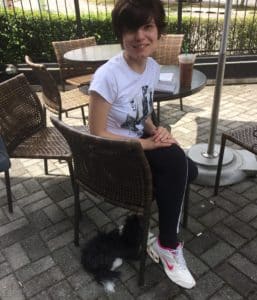
Author of the novel “De Volta ao Vazio” (in a rough translation, “Emptiness, Revisited”), Seelaender is a student of Literature at the University of Sao Paulo, Brazil.


